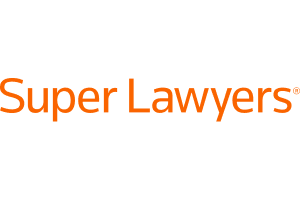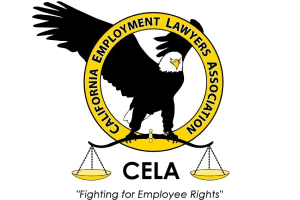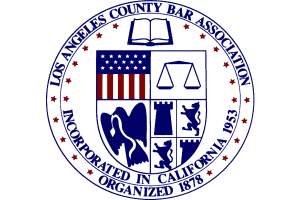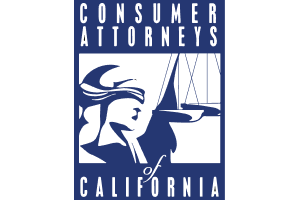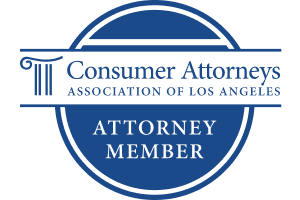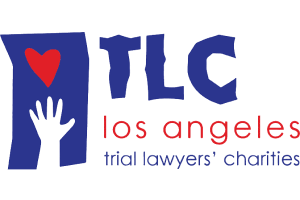Employee Rights
Florence-Firestone, California
The neighborhood of Florence-Graham, which locals commonly refer to as Florence-Firestone, is named after the main streets that pass through it: Florence Avenue and Firestone Boulevard. Florence-Firestone, California is a census-designated place in Los Angeles County. Los Angeles County itself is a large and diverse region with over 10 million residents.
A Census-Designated Place
Florence-Firestone qualifies as a census-designated place as defined by the United States Census Bureau. A census-designated place is a closely settled, unincorporated area recognized and identified by name by area residents. A census-designated place acts as a functional equivalent to an incorporated place. A census-designated place is a single piece of territory that contains a mixture of uses (residential, commercial, and manufacturing, etc.) similar to what is found in an incorporated place of similar size. Unlike incorporated places, census-designated places such as Florence-Firestone lack legally defined boundaries and a functioning governmental structure specific to the area. Because it is not an incorporated city, it has no official name. The predominantly residential region is home to around 61,000 residents and has a land area of about 3.5 square miles.
Location
Florence-Firestone, which is surrounded by some better-known cities and communities, is about six miles south of Downtown Los Angeles. Beyond its northern boundary, which is defined by Slauson Avenue, lies Historic South-Central Los Angeles, Vernon, and South Park. Its jagged eastern boundary is shared by Alameda Street, Santa Fe Avenue, Florence Avenue, Wilson Avenue, East 69th Street, and Wilmington Avenue. On the other side of that border are Huntington Park, Walnut Park, and South Gate. The southern end of Florence-Firestone is notched in the center and is defined approximately by Success Avenue, East 92nd Street, and Croesus Avenue. To the south is the community of Watts, home of the famous Watts Towers Arts Center, Hacienda Village, Nickerson Gardens, and Imperial Courts. Florence-Firestone’s western border follows Central Avenue, across from which is the area known generally as South Los Angeles.
Florence-Firestone is well-served by public transportation through light rail and bus service. The area has several parks, including two large regional parks: Franklin D. Roosevelt Park and Ted Watkins Park.
A Short History
The first rail station in the area was established by Southern Pacific Railroad in about 1870 along the rail line leading from Los Angeles to the ocean port at Wilmington. The first post office in the area was established in 1877. By 1890, Florence-Firestone was a modest-sized farming community. Pacific Electric inter-urban rail established stops for its red car service along Florence and Graham Avenues.
Ascot Park Racetrack
Ascot Park—named to capitalize on the prestige of the famed Ascot racecourse in Berkshire, England—featured a one mile dirt oval track and a small grandstand. Built by Henry E. Huntington and Associates at a time when much of the area was still compromised of agricultural and pasturelands, the racetrack was used for horseracing and later for auto racing. Ascot Park was in operation from around 1905 to 1919. The track was accessible by Pacific Electric inter-urban rail red car lines.
Goodyear Tire and Rubber Company
Goodyear Tire and Rubber Company was the West Coast’s first tire manufacturer. Because of its proximity population centers, rail transportation, and ocean ports, Florence-Firestone was chosen as the location for Goodyear Tire and Rubber Company’s West Coast factory. Construction began in 1919, with most of the buildings on the site being constructed in the 1920s. The plant was built in part on the site of the former Ascot Park racetrack, which by that time had moved to another location. Goodyear originally purchased an expansive 580 acres (later buying additional land) for is rubber and tire producing plant, including farmland where cauliflower and cabbage was grown. The plant included a textile mill for production of tire fabric. The truly massive brick main building was three stories and featured a clock tower and extensive lawns. At its peak, the plant employed around two thousand five hundred workers and operated around the clock. The size of the factory, and the frequency of fire breakouts at the factory, required the company to install its own fire department onsite. Goodyear Tire and Rubber Company was known widely across the country for its ubiquitous blimps, which were also manufactured for a time at the plant. A hangar and airship dock was located on the site for early versions of the Goodyear blimp (“Pony blimp”). The operation of the plant required materials from places as diverse as Sumatra (rubber), and Arizona (cotton), the importation of which further stimulated the area’s economy.
Goodyear Gardens
Goodyear planned to build a residential community within walking distance of the plant for its employees. Goodyear took a paternalistic approach, believing that every family man should be encouraged to be a homeowner and material success depended on home ownership. The housing site was called Goodyear Gardens and was to include 800 single-family homes with lush landscaping. Goodyear Gardens would also have a park, a school, stores, and a library. Workers would carry mortgages, one through a life insurance company and one through Goodyear. Ultimately, the project was downsized, so that only around 100 homes—without the planned lush landscaping—were constructed. These were small homes sized at about 900 to 1,000 square feet on lots 50 feet wide and 105 feet deep. Designed by respected Los Angeles Architects, Hunt and Burns, the homes featured Midwestern Prairie, Tudor Revival, or Craftsman Bungalow architectural styles. The homes were attractive and affordable. In 1923, Goodyear experienced financial difficulties and sold off the remainder of the land that was to have been used for Goodyear Gardens. Another reason the Goodyear Gardens project was never fully realized was because the area had good public transportation and mild winters, which allowed workers to live at a distance from the plant. The Goodyear plant closed in February 1979.
The Dawning of an Industrial Age
The Goodyear Tire and Rubber Company plant was one of the first massive industrial operations in the Los Angeles area outside of Downtown Los Angeles, and it helped spark the area’s industrial era. The establishment of the Goodyear plant encouraged other large companies to open manufacturing facilities in areas south and southeast of Downtown Los Angeles, including Vernon, Commerce, and Southgate. Not far from the Goodyear plant, Firestone Tire opened a factory at Alameda Street and Firestone Boulevard. Other such facilities included B.F. Goodrich and Samson tire manufacturing plants, several automobile assembly plants, Bethlehem Steel, meat packing by Farmer John, and food production by General Mills. Florence-Firestone saw significant residential construction due to its proximity to these manufacturing facilities. The area was fully developed by the 1940s.
The First Sheriff’s Sub-Station
Originally, all services for the County of Los Angeles Sheriff’s Department were controlled from the headquarters in Downtown Los Angeles. Due to the population influx into the areas outside of Downtown Los Angeles in the 1920s, the Sheriff’s Department began building sub-stations in various parts of the county. The first of these substations was the Firestone station in the Florence-Firestone area on Florence Avenue. This station served area residents from 1924 until 1938.
Contact Us
You have rights. You have a right to be paid all wages earned. You have a right to meal breaks and paid rest breaks as required under California law. You have a right not to be discriminated against at work due to your age, race, disability, or other protected characteristics under the California Fair Employment and Housing Act (FEHA). We are here to help. Your initial consultation with our office is free, so call the experienced employment attorneys at Kokozian Law Firm, APC or Contact Us via our online form.


